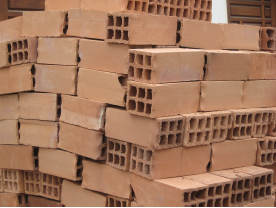1 Professor, Department of Engineering, Catholic University of Peru, Av Universitaria 1801, Lima 32, Peru, asanbar@pucp.edu.pe
2 Professor, Department of Engineering, Catholic University of Peru, Av Universitaria 1801, Lima 32, Peru, dquiun@pucp.edu.pe
3 Civil Engineer, Catholic University of Peru, Av Universitaria 1801, Lima 32, Peru, taraoz@pucp.edu.pe
4 Civil Engineer, Catholic University of Peru, Av Universitaria 1801, Lima 32, Peru, a20040324@pucp.edu.pe
ABSTRACT
Horizontally-hollow brick walls are very popular in masonry buildings in Peru due to economic reasons and lack of control. However, their seismic behavior is very fragile and their resistance is relatively low, and therefore the Peruvian Masonry Code does not allow the use of such bricks for bearing structural walls. This paper deals with experimental research on existing walls made of horizontally-hollow bricks and a way to reinforce them, in order to enhance the seismic performance and avoid their collapse during severe earthquakes.
Two full scale confined masonry walls were built using horizontally-hollow bricks, wall W1 had a traditional construction, while for wall W2 after its construction, a welded mesh covered with cement mortar was attached to the wall to study the seismic behavior. Both walls were subjected to cyclic lateral load tests. The reinforced wall W2 had significant improvements in the behavior respect to wall W1. Larger values were obtained for the lateral rigidity (41%), for the load that produces tension cracks by flexure (13%), for the diagonal cracking load (34%) and for maximum lateral load (42%).
KEYWORDS: seismic retrofit, experimental techniques, horizontally hollow bricks
153.pdf



